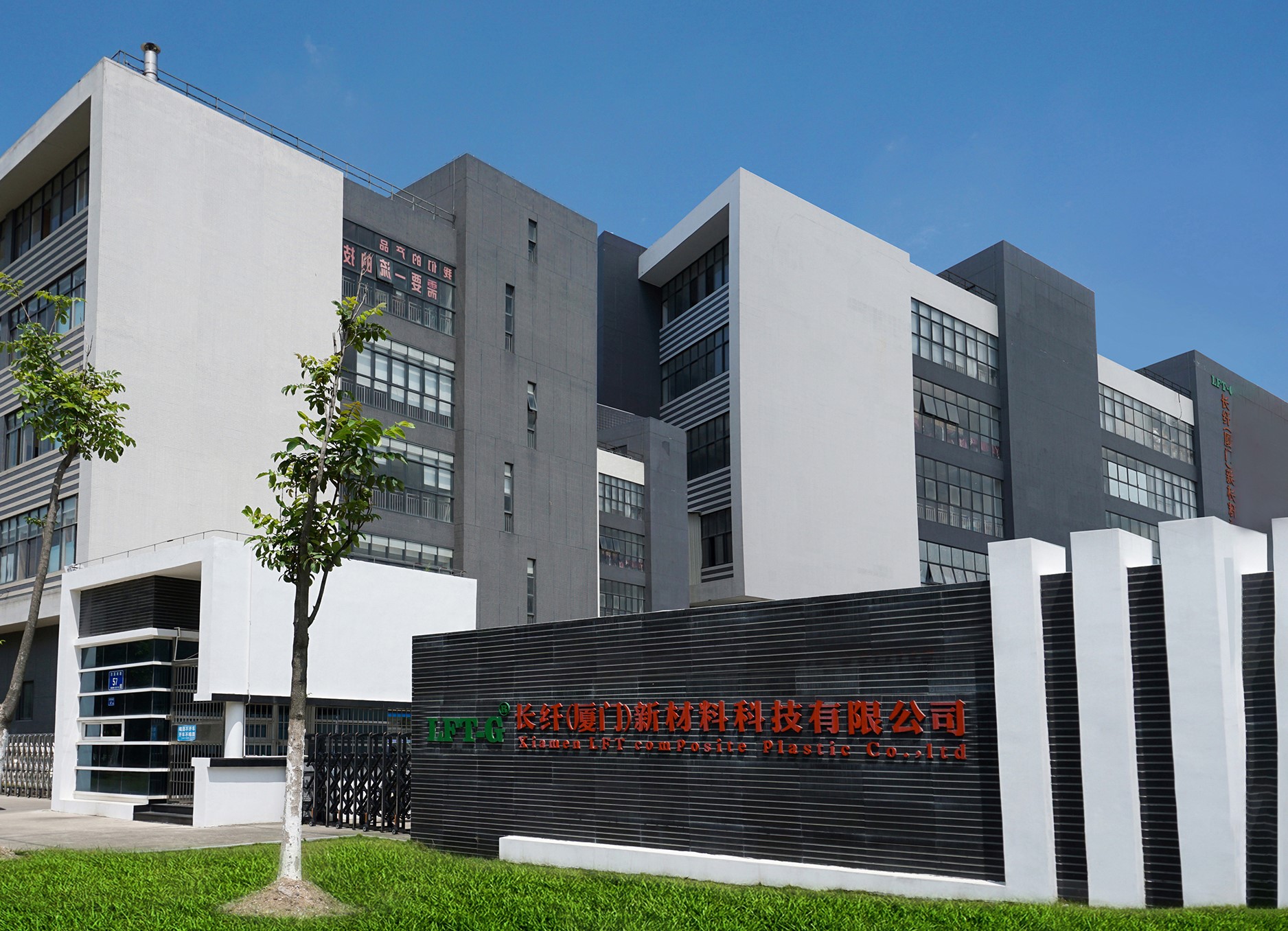новый блог
Принцип модификации
Модифицированные пластики — это пластики, которые обрабатываются и модифицируются на основе обычных пластиков и конструкционных пластиков посредством наполнения, смешивания, упрочнения и других методов для улучшения огнезащитных свойств, прочности, ударопрочности, ударной вязкости и других аспектов. Модификация предполагает добавку пластика, дисперсионное состояние наполнителя в модифицированном пластике и его формирование. Наполнитель также оказывает большое влияние на структуру границы раздела смолы, так же, как добавление песка и гравия в бетон. Дисперсия наполнительного материала обсуждается ниже.
Рассеянное состояние
1. Когда неорганические частицы добавляются в расплав полимера, может существовать три типа дисперсной микроструктуры неорганических частиц. â Второе состояние агрегации, это состояние дисперсии, имеет хороший эффект улучшения. (2) Нерегулярное дисперсное состояние, часть которого собрана в группы, часть существует в виде индивидуальной дисперсии. Эта дисперсия не усиливается и не ужесточается. ⢠Равномерно диспергируется в матричной смоле. В этом случае, при наличии хорошего контакта между частицей и матричной смолой, будет наблюдаться определенный эффект упрочнения и повышения жесткости. Есть надежда, что для получения армированных и упрочненных пластиков, модифицированных наполнителем, доступно третье состояние дисперсии.

Процесс погружения, перемешивания и диспергирования
2. Может ли неорганический порошкообразный гранулированный наполнитель быть равномерно диспергирован в матричной смоле индивидуально, зависит от множества факторов. В случае фиксированных условий обработки, исходя из ожидаемого эффекта модификации наполнителя, чем меньше размер неорганических частиц, тем лучше. Но чем меньше размер, тем выше поверхностная энергия, тем сильнее способность к самокоагуляции, тем труднее равномерно диспергировать. Эффект «агломерации» формируется за счет поверхностной энергии и статического электричества, образующихся при столкновении и трении высокоскоростного движения. Этот вид конденсата больше не может быть вскрыт под действием механической силы сдвига при последующем смешивании и формовании, что представляет собой второе состояние нерегулярной дисперсии, которое наиболее нежелательно видеть «белое пятно» в модифицированных пластиках.
Упакованное состояние
Гранулированный порошок представляет собой дисперсное состояние наполнителя, отношение длины к диаметру которого составляет приблизительно 1, а наполнитель с относительно большим диаметром длины относится к коротковолокнистому, игольчатому и тонкому листовому наполнителю. Волокнистые материалы обладают хорошим упрочняющим эффектом, но большинство волокнистых наполнителей имеют высокую цену и плохую защиту окружающей среды. Массовое производство волокон из карбоната кальция (нитевидных нитей) может изменить эту ситуацию, а нитевидные волокна большой длины могут даже сократить использование волокна в бумажной промышленности.
Измененное приложение
Благодаря превосходным экономическим показателям модифицированные пластмассы применяются во все большем количестве областей переработки. Можно сказать, что модифицированные пластмассы стали тенденцией потребления, и за этой тенденцией стоят следующие пять факторов:
Высокая производительность: модифицированные пластики не только обладают преимуществами традиционных пластиков, такими как низкая плотность и коррозионная стойкость, но также обладают хорошими физико-механическими свойствами, такими как высокая прочность, высокая ударная вязкость, высокая ударопрочность, износостойкость и сейсмостойкость. Кроме того, улучшение комплексных характеристик пластмасс обеспечивает основу для их широкого применения в сфере переработки и переработки.
Низкая стоимость: по сравнению с другими материалами пластмассы обладают преимуществами высокой эффективности производства и низкой плотности, а также имеют более низкую стоимость. Стоимость единицы объема пластика составляет лишь около одной десятой стоимости металла.
Политика правительства: Китай внедрил систему обязательной сертификации «3C», которая строго оговаривает показатели безопасности продукции в каталоге, тем самым способствуя широкому применению огнестойких пластмасс в бытовой технике, информационных технологиях, средствах связи и других отраслях. поля.
Повышение уровня потребления: с улучшением уровня жизни люди начинают стремиться к более высоким характеристикам продукции, требуя, чтобы бытовая техника и другие продукты были более красивыми, безопасными и долговечными, чтобы выдвигать более высокие требования к перерабатывающей промышленности по производству пластмасс, требуя, чтобы она имела лучшие характеристики обработки, механические свойства, долговечность и безопасность.
Технические факторы: в мире обнаружено более 1000 видов полимеров, но реальную прикладную ценность имеют лишь несколько десятков. Разработка новых полимеров не только требует огромных инвестиций, но и имеет неопределенную перспективу применения. Напротив, технология модификации может не только улучшить свойства существующих полимеров для удовлетворения потребностей промышленности, но и снизить стоимость некоторых дорогостоящих конструкционных пластиков, став эффективным способом развития индустрии пластмасс.
Индекс твердости
Тенденция «замены стали пластиком» проявляется во многих отраслях промышленности, и ее основным показателем является твердость. Твердость – это способность материала сопротивляться давлению на его поверхность другими более твердыми объектами. Существует несколько методов, обычно используемых для определения твердости:
А. Твердость по Шору
Б. Твердость по Роквеллу
с, твердость по шкале Мооса
Придание жесткости модифицированным пластикам относится к методу модификации путем добавления твердых добавок к пластикам. Обычно используемый наполнитель жесткости представляет собой жесткий неорганический наполнитель и волокно.
(1) Добавьте жесткий неорганический наполнитель
Обработка поверхности повышает твердость пластмасс
Метод повышения твердости поверхности пластика относится к повышению твердости внешней поверхности пластиковых изделий, в то время как твердость внутренних изделий остается неизменной. Это недорогой метод повышения твердости.
Этот метод модификации в основном используется для корпусов, декоративных материалов, оптических материалов и предметов первой необходимости. Этот метод модификации в основном включает нанесение покрытия, покрытие и обработку поверхности.
(2) Смешивание повышает твердость пластмасс
Усовершенствованный метод смешивания пластмасс заключается в смешивании смолы высокой твердости со смолой низкой твердости â»â» для улучшения ее общей твердости. Обычными смесями являются PS, PMMA, ABS и MF и т. д., а смолы, которые необходимо модифицировать, в основном представляют собой PE, PA, PTFE и PP.
(3) твердость композитных улучшенных пластиков
Способ повышения твердости пластикового композита заключается в нанесении слоя твердой смолы на поверхность пластиковых изделий низкой твердости. Этот метод в основном подходит для экструдированных изделий, таких как пластины, листы, пленки и трубы. Обычно используемыми композитными смолами являются PS, PMMA, ABS и MF.

Xiamen LFT композитный пластик Co., Ltd.— это известная компания, специализирующаяся на LFT и LFRT. Серия длинного стекловолокна (LGF) и серия длинного углеродного волокна (LCF). Термопластик LFT компании можно использовать для литья под давлением и экструзии LFT-G, а также для литья LFT-D. Он может быть изготовлен в соответствии с требованиями заказчика: длина 5 ~ 25 мм. Термопласты, армированные длинными волокнами с непрерывной инфильтрацией, прошли сертификацию системы ISO9001 и 16949, а продукция получила множество национальных торговых марок и патентов.